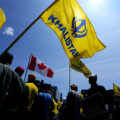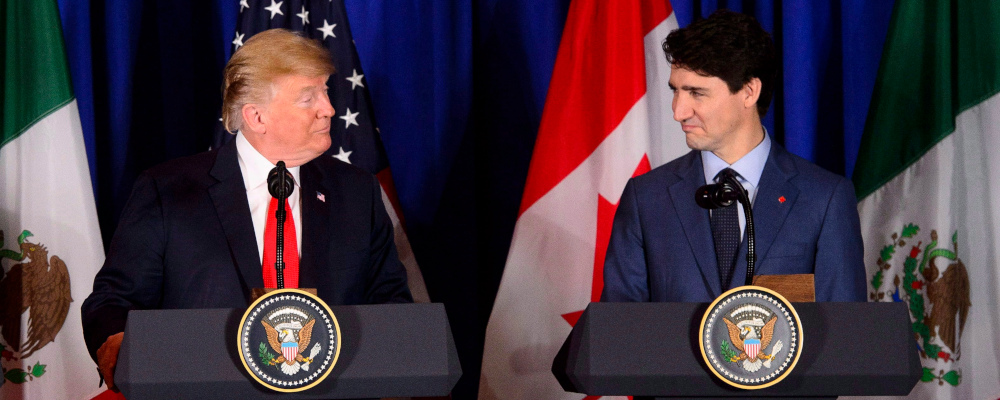The Republican primary is over—not surprisingly, Donald Trump will be the party’s candidate in the presidential election in November. A second Trump presidency, which would likely mean more protectionism by the United States, would be bad news for Canada. Indeed, if elected, Trump has promised to impose an across-the-board 10 percent tariff on all manufactured goods exported to the U.S.
At the same time, Trump’s prospective Democratic opponent, President Joe Biden, has also embraced “America First” trade policies including the provision of massive federal subsidies to encourage domestic investment in several industries including electric vehicles, semiconductor chips, and transportation and clean energy infrastructure. Biden’s strong support for unionized U.S. workers further signals that a second Biden term would pose a serious threat to Canada, as the U.S. is by far the largest foreign buyer of Canadian exports.

The Trudeau government is clearly aware of the threats posed to the bilateral trade relationship, and Canadian diplomats have mobilized to generate support for the Canada-U.S.-Mexico Trade Agreement among state and local politicians and business and labour leaders in the U.S. The agreement is scheduled for a tripartite review in 2026 and U.S. officials may balk at renewing the agreement, especially under a Trump presidency.
The Trudeau government has also sought trade diversification to reduce reliance on the U.S. through initiatives such as the Indo-Pacific Trade Strategy. However, the physical distance between Canadian-based exporters and potential customers in Asia creates higher transportation costs and logistical difficulties compared to doing business in North America. Political tensions between Canada and the governments of China and India, the two largest potential markets for Canadian exports in the region, further diminish the prospects for significant trade diversification.
So, faced with the spectre of more trade hostility from the U.S. and the inherent challenges to trade overseas, what should Canadian policymakers do?
In short, make trade easier here at home. Specifically, reduce barriers to trade, investment, and labour mobility between the provinces and territories by broadening and deepening the existing Canada Free Trade Agreement (CFTA). The CFTA, which came into effect in 2017 and was updated in 2023 with the cooperation of all 13 provinces and territories and the federal government, aims to reduce or eliminate barriers to the free movement of people, goods, services, and investment within Canada.
For example, provinces could eliminate provincial marketing boards, which prevent free trade in specific food items (e.g. poultry products) and dismantle government monopolies at the wholesale level for beer and wine, which effectively protect local breweries and wineries from competition. Provinces could also streamline certification standards for various occupations, making it easier for workers to move around the country. And address diverging financial and securities regulations, which discourage interprovincial commerce across a range of industries.
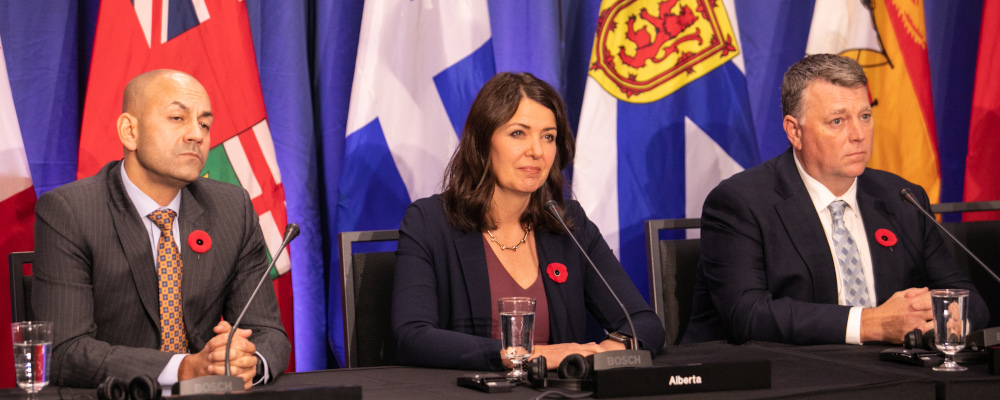
In other words, within the CFTA, embed a policy of “mutual recognition,” which would mean that any item of commerce that meets the regulatory requirements of one provincial or territorial government will automatically satisfy the requirements of another provincial or territorial government. Implementing a policy of mutual recognition would effectively oblige individual provinces and territories to drop existing exceptions to provisions of the CFTA (for example, supply management of dairy products, which limits imports to keep prices artificially high). In this regard, the Atlantic provinces currently maintain the greatest number of exceptions. However, Atlantic Canadians would also experience the greatest increase in per-person income levels if trade within Canada became more free. Indeed, if policymakers increase free trade, Canada’s productivity will rise, which in turn will increase the living standards of Canadian workers across the country.
There are obvious political challenges to a more integrated domestic market including a reluctance on the part of provincial governments to eliminate monopolies, such as Ontario’s LCBO, which generates significant government revenue, and lobbying by interest groups to maintain regulations that protect their financial interests. But the federal government should show leadership to surmount these challenges, especially given the uncertain future of trade policy south of the border and around the world.
Recommended for You
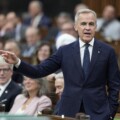
Rudyard Griffiths: Mark Carney should pay attention to Canadian bonds. Trouble is brewing at the long end of the curve.
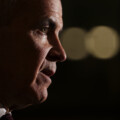
‘We are not the United States. No one needs to own Canadian bonds’: Rudyard Griffiths and Sean Speer on Canada’s looming debt crisis

DeepDive: Bridging the imagination gap: Why Canadian businesses must rethink AI adoption now

Ginny Roth and Brian Dijkema: Why Ontario should allow independent schools and unlock true choice in education
